n the heart of a tranquil Japanese garden, there lies a scene so captivating it feels almost unreal—a serene pond where vibrant koi fish glide gracefully beneath blooming lotus flowers. This harmony of color, movement, and nature represents a centuries-old aesthetic deeply rooted in Japanese culture.
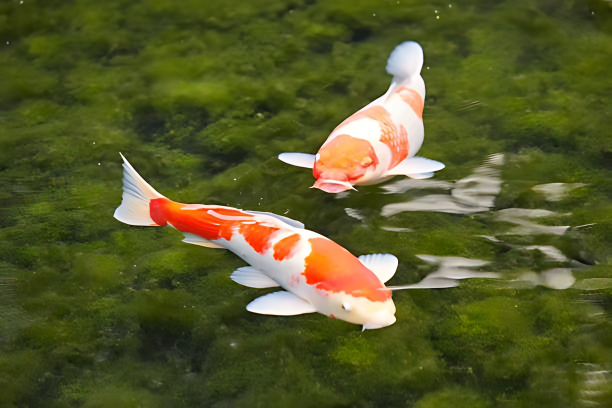
Koi, often regarded as living jewels, are more than ornamental fish. They are a symbol of perseverance, prosperity, and harmony. Their long, flowing fins and vivid patterns create a mesmerizing dance as they swim beneath the water’s surface. Traditionally bred with great care and reverence, koi have become ambassadors of peace and patience.
Complementing this underwater elegance are lotus flowers—symbols of purity and renewal. Their delicate pink and white blooms emerge from the still waters, a reminder that beauty can arise from the murkiest of places. The lotus is also significant in Buddhist philosophy, making its presence in the pond not just beautiful, but meaningful.
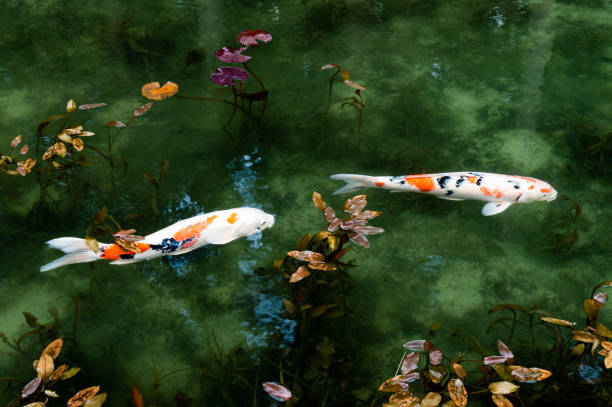
Together, koi and lotus offer a moment of reflection—a pause in time. Watching them coexist in the same space is like observing a living painting, where every ripple tells a story and every petal whispers tradition.
Whether in a traditional garden, a temple courtyard, or even in modern urban settings, koi ponds with lotus blossoms continue to inspire wonder around the world. For visitors to Japan or admirers of its culture, witnessing this harmony in person is nothing short of magical.
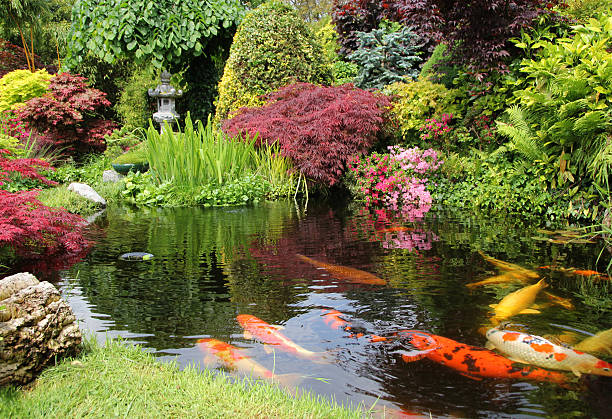
So, the next time you see koi swimming beneath lotus leaves, take a moment. Let the serenity wash over you. It’s a gentle reminder that nature, when curated with respect and intention, becomes art in motion.

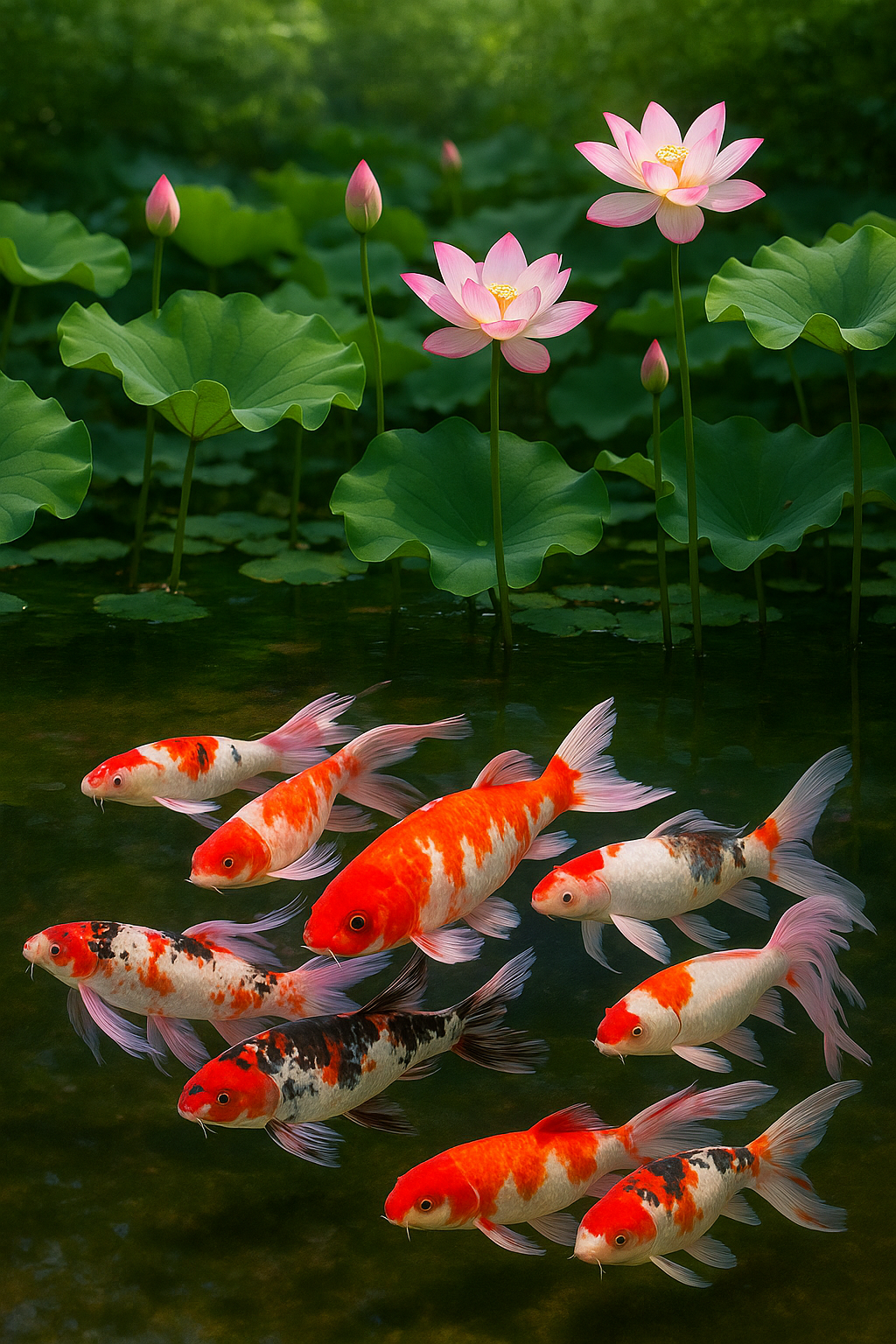
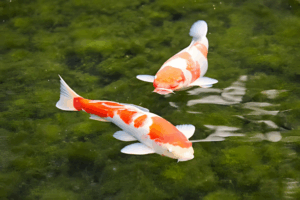

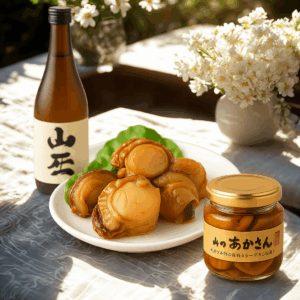
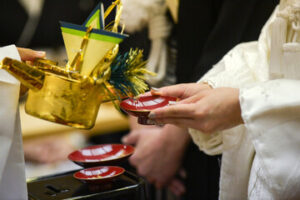
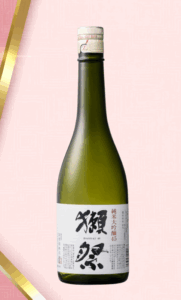



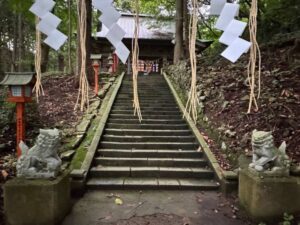


コメント